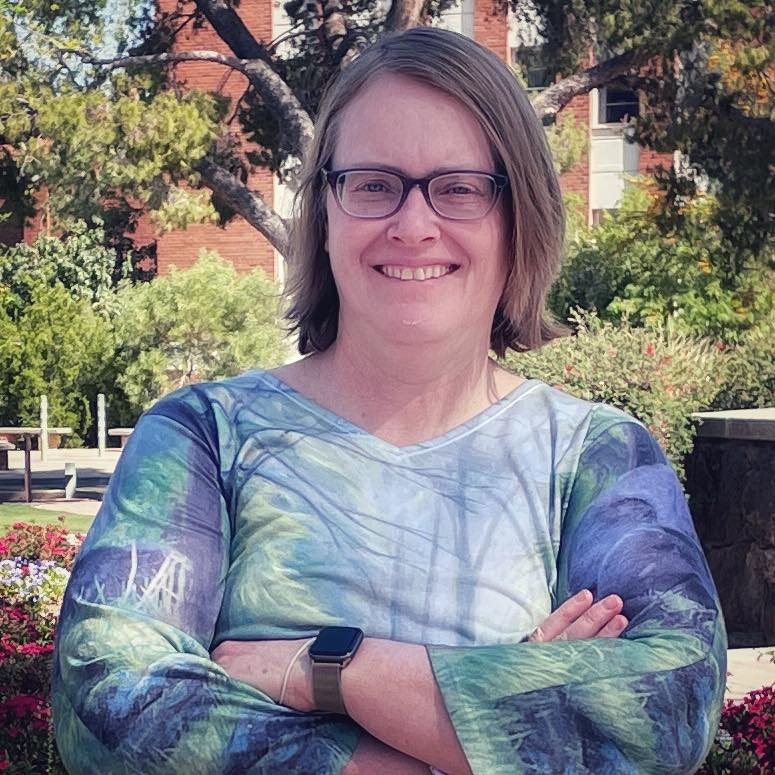Sase bizarre: the Japanese causative and structural case
Note: This working paper presents an early idea I had about causatives when I first started looking at them; it’s not very right. For a more-right view look at this 2008 handbook article. But for posterity, here’s the 1995 CLA paper…
In this paper, I present a unified treatment of the three different types of Japanese causatives, the -ni causative, the -o causative and the lexical causative, which relies on a notion of “Late Insertion” of lexical items, as proposed in Halle and Marantz (1993). Crucially, all three are claimed to contain a “CAUSE” morpheme which is spelled out as sase- at PF. This morpheme is the reflex of a light verbal head which delimits the eventiveness of a verb, and is hence termed “EventP”. Causers, as initiators of events, are base-generated in Spec-EventP. The lexical causative differs from the two types of syntactic/analytic causative in containing only one “EventP”, while analytic causatives contain two EventPs and hence two events. The many syntactic differences between the two types of analytic causatives are seen to result from the -ni- causative controlling an embedded PRO in the embedded subject position, while the -o- causative is a true ECM structure, with the embedded subject raising to the matrix EventP for case- checking.

